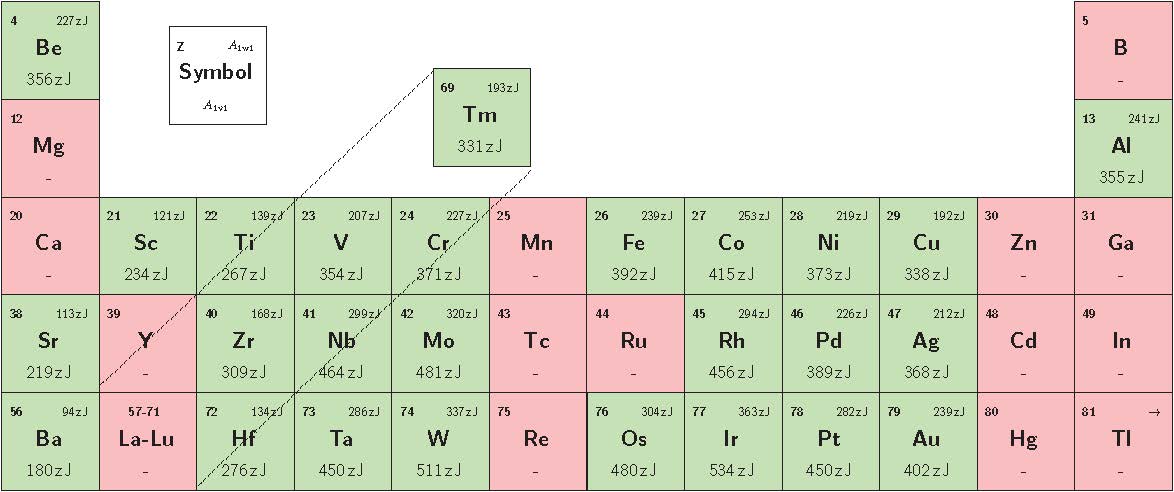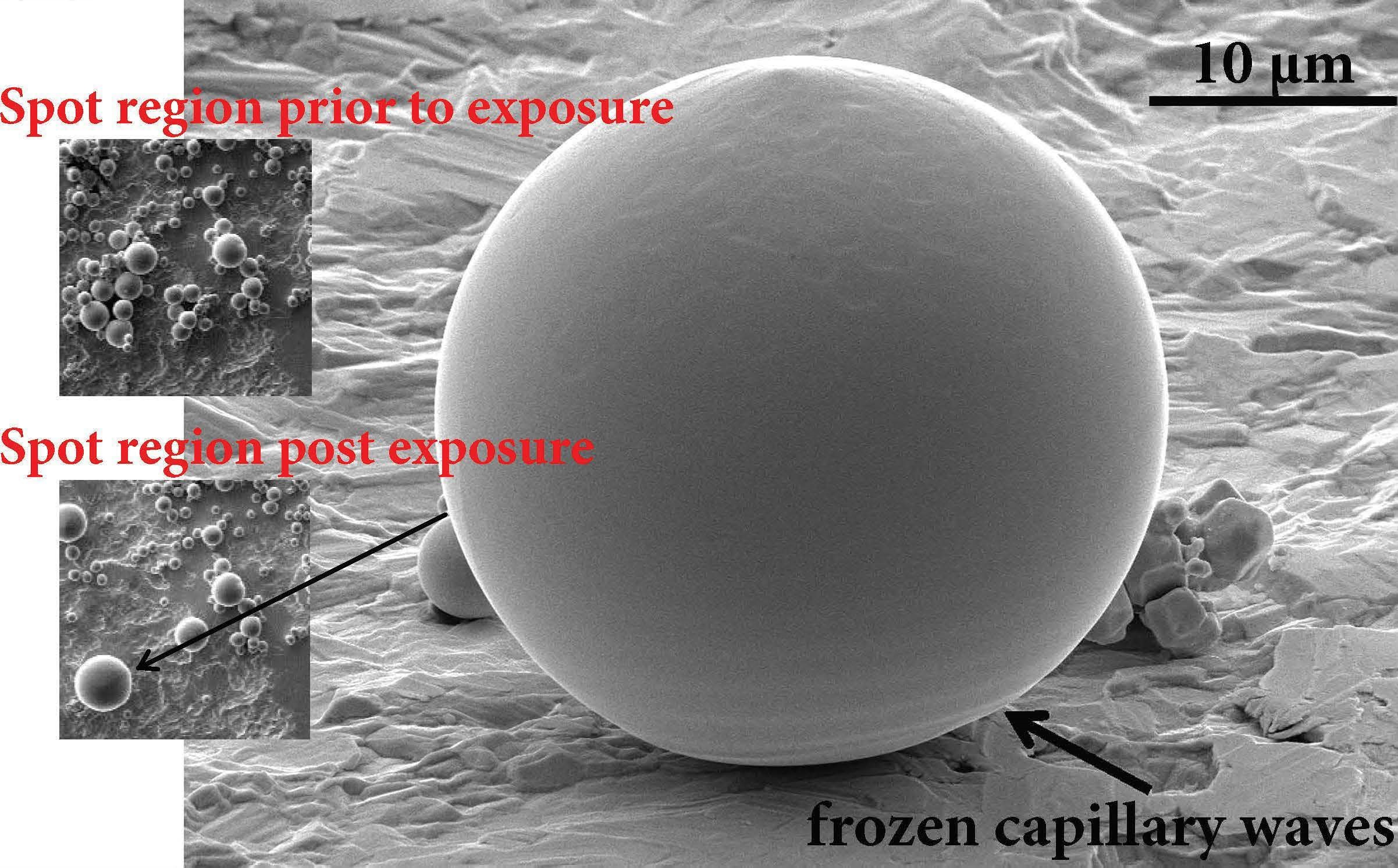Dust adhesion and remobilization
The goal of the project is to contribute to a better understanding of how dust-surface contacts evolve during interaction with dense fusion plasmas, to quantify the strength of the adhesive force that is exerted on immobile metallic dust under tokamak conditions and to explain the underlying microscopic mechanisms of adhesion.
The adhesion of tokamak generated metallic dust on plasma-facing components has been gradually acknowledged to play a significant role in numerous fusion boundary topics that are important for ITER and future fusion reactors such as plasma-induced remobilization, dust-wall mechanical impacts, pre-plasma remobilization of ferromagnetic dust, dust resuspension during loss-of-vacuum accidents, dust collection activities and dust removal techniques. In particular, it is essential to quantify the adhesive force acting on dust grains to accurately model remobilization, resuspension and mechanical collisions as well as to improve the efficiency of in situ dust diagnostics.
In addition, tokamak generated dust grains expend most of their lifetime adhered at the wall between discharges. Hence, the interaction of adhered dust with spatiotemporally evolving start-up plasmas, stationary L-mode plasmas and quasi-periodic ELMy H-mode plasmas should also be well-understood, since it determines the initial conditions of dust transport codes and affects the overall recycling of the dust inventory.
The project mainly focuses on experimental measurements of the adhesive force with the electrostatic detachment method for realistic dust-wall contacts (also investigating the dependence of adhesion on atmospheric contaminants, impurity content, surface roughness variations, temperature pre-history) and on theoretical calculations of the adhesive force with the Lifshitz theory of van der Waals forces.

The project also features experimental studies of the interaction of adhered dust with steady state and transient plasmas of contemporary tokamaks (ASDEX-Upgrade, DIII-D, COMPASS, FTU) as well as linear plasma devices (Pilot-PSI, Magnum-PSI) implementing a novel sample preparation technique based on controlled pre-adhesion by gas dynamics methods. The investigations have documented unexpected phenomena such as wetting-induced coagulation and intermetallic compound layer formation. The experiments are interpreted with the aid of contact mechanics theory, surface chemistry theory and heat transfer simulations.

Funding agency: VR 2015-04732 , Horizon 2020 EUROfusion Consortium 633053, Horizon Europe 101052200 EUROfusion
External Collaborators: Marco De Angeli – Giulio Riva – Dario Ripamonti, CNR, Milano, Italy
